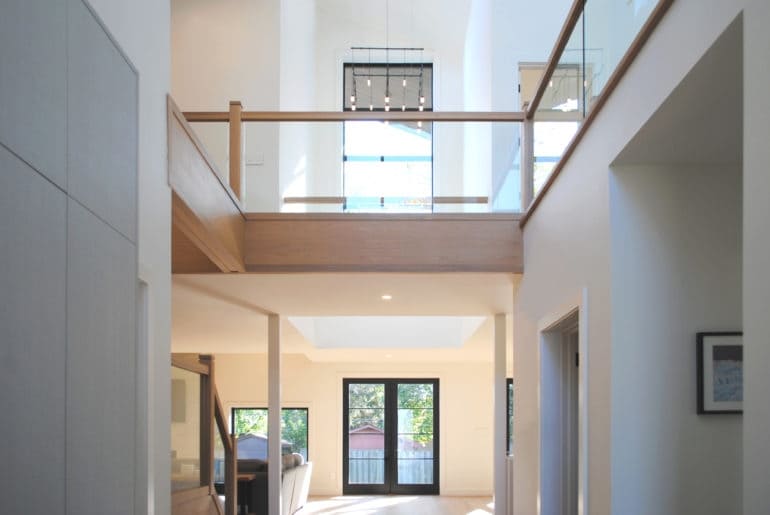
Farm to Building
Several years ago, I worked in some of Toronto’s most innovative kitchens. Certainly, in my youth I was captivated by the culinary arts and have since wondered how it informed my interest and subsequent career in architecture. The past year has revealed to me an obvious thread: the transformation of materials.
In both cuisine and architecture ingredients are transformed. In both professions there is an understanding about materials used where they come from, how they can be transformed, and how they must be appreciated. There are parallels between sustainable architecture and sustainable food.
Where materials come from: local or organic?
Farm-to-table is a social movement with which many are all familiar, characterized as serving local food through direct acquisition from the producer, incorporating food traceability. There’s a strong environmental case for food traceability.
Few materials are created equal, and when it comes to food, “food miles” actually make up just a small portion of an ingredient’s carbon footprint – just 11% according to the David Suzuki Foundation (DSF). How the food grows comprises roughly 83% of its carbon footprint. To summarize the DSF’s research, the ideal choice seems to be food that is organically (responsibly) grown, and the benefit of local ingredients is simply a bonus.
The same may be true for building materials; let’s look at wood as an example. Wood is a fantastic material. It is renewable, can be sourced sustainably, and actually sequesters carbon. But not all wood is as environmentally-friendly as you may think. If sustainability is important to you look for wood products with a Forest Stewardship Council (FSC) certification. FSC is an indication that the wood has met stringent harvesting and environmental standards. It prohibits illegal logging, forest degradation, and deforestation in protected areas, and is the only framework supported by NGO’s such as Greenpeace and WWF.
How materials can be transformed: embodied energy
When it comes to buildings, significant amounts of energy are required to process raw materials. Embodied energy is the energy consumed by all of the material processing required for the production of a building, including mining, processing, manufacturing, and transportation. Every building is made of a complex list of processed ingredients, all of which contribute to its total embodied energy.
A great practical example is to strip back the layers of a typical house and look only at its structure: steel studs versus wood studs. The University of Bath has concluded that the embodied energy and embodied carbon of steel are more than three times that of sawn softwood. Therefore, responsibly-harvested wood studs can be much less demanding in embodied energy levels. When you add up all the structure, insulation, finishes, and itty-bitty components of a house, choosing the right materials goes a long way in reducing your carbon footprint- those materials also need to perform well, be durable, and non-toxic.
How materials must be appreciated: high-performance, healthy, and beautiful
Nutrition is 99% invisible. We don’t need a nutritional breakdown of a Big Mac to know the value of its contents. The same is true in buildings: the products you can’t see usually provide the most value.
Building to high performance standards with natural materials will always satisfy your appetite. In a cold climate (like Toronto) this means using above-Building Code levels of insulation, airtight, high-performance windows, and efficient mechanical systems. Making it look appetizing is simply the dressing on the salad.
This article was contributed by Mike Mazurkiewicz for Sustainable TO

